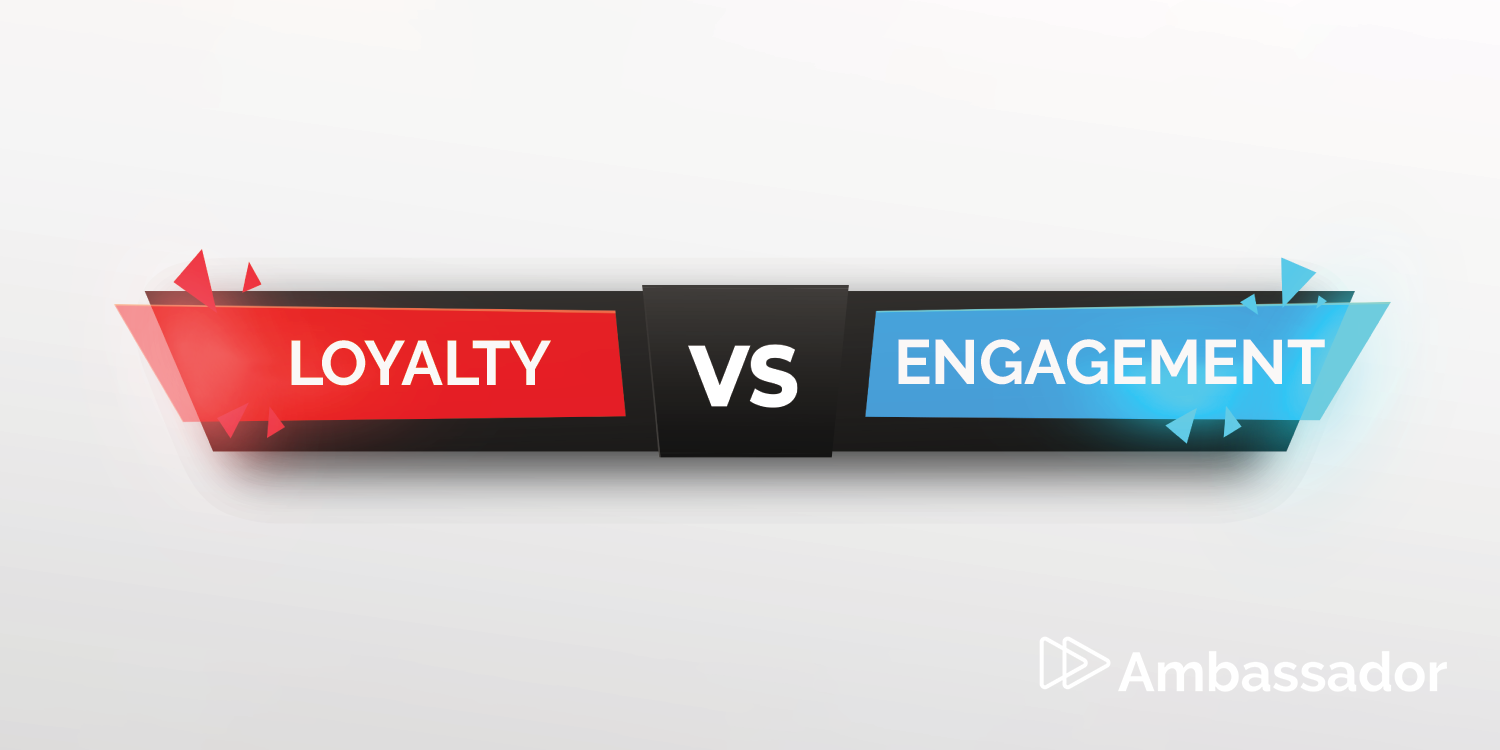
Brands aspire to cultivate a clientele that exhibits unwavering loyalty and is willing to inconvenience themselves rather than turning to a competitor. These die-hard customers eagerly click the “subscribe” button, are enthusiastic about downloading the brand’s app, and actively encourage others to follow suit. And how do you cultivate this level of dedication? With well-constructed and personalized loyalty and engagement programs.
Strong customer relationships empower brands to gain deeper insights into what truly matters to their customers and how to exceed their expectations. Customer feedback becomes a compass, guiding organizations in aligning every facet of the customer experience to deliver top-tier products and services. Word-of-mouth referrals also play a crucial role in attracting new customers.
The big question: how does one decide between creating a customer loyalty or engagement program? As you read this blog post, I will highlight the differences between these program types and offer strategies and considerations for anyone considering launching a customer retention program.
Distinguishing Between Customer Loyalty and Engagement Programs
Loyalty and engagement programs represent marketing strategies encouraging customer purchases or engagement with brand offerings. Loyalty programs reward repeat purchases, whereas engagement programs aim to boost brand interactions through various activities, experiences, and incentives. The fundamental difference between the two lies in their approach:
Customer Loyalty
Customer loyalty programs emphasize driving purchases and the frequency of purchases. For example, airlines often employ tactics such as awarding frequent flyer miles, granting exclusive access to airport lounges, offering special discounts and coupons, or providing early access to products.
Key Strategies:
- Clearly define the benefits and rewards offered to customers.
- Personalize awards and offers based on customer behavior and preferences.
- Simplify the redemption process for customers and enable them to track their progress.
- Extend exclusive benefits and experiences to loyalty program members.
- Maintain consistent communication and promotion of the program to customers.
- Collect and leverage customer data to enhance the program over time.
Customer Engagement
In contrast, customer engagement programs concentrate on nurturing relationships to establish a profound emotional connection with customers, intended to foster advocacy for the brand. Using the airline example again, think of personalized post-flight thank-you notes, unexpected gifts, virtual communities, and exclusive event opportunities.
Key Strategies:
- Set clear goals and objectives for engagement.
- Gain a deep understanding of your audience and their needs.
- Provide valuable content, awards, or experiences that resonate with your customers.
- Utilize multiple communication channels to reach your audience effectively.
- Foster two-way communication and encourage feedback.
Implementing Customer Loyalty and Engagement Programs
- Define your organization’s goals and pinpoint the target audience for your loyalty and/or engagement programs.
- Research and assess competitors’ programs and allocate the necessary resources and budget for implementation and ongoing management.
- Select a scalable platform to run and manage your programs, monitor and analyze your results, and seamlessly provide rewards and incentives to your customers.
- Incentivize customer insights through surveys and focus groups to identify awards that resonate with them.
- Utilize data analysis of redemption patterns and purchasing behavior to understand the most critical loyalty program aspects for customers, facilitating a more personalized customer experience.
- Listen to customer challenges and make improvements accordingly.
- Seek and share testimonials and stories of outstanding customer service to inspire further brand-building behavior.
Integrating Customer Loyalty & Engagement for Optimal Results
Combining these two approaches offers numerous advantages. Businesses can enhance customer satisfaction and cultivate brand advocates by rewarding loyal customers and encouraging increased engagement with the brand. As stated earlier, Loyalty programs reward repeat purchases, whereas engagement programs aim to boost brand interactions through various activities, experiences, and incentives. An all-encompassing, data-driven, and relationship-centered approach leads to positive measurable outcomes.
Ambassador allows you to run all these initiatives (and customer referrals) from our end-to-end platform. We help grow your revenue by increasing repeat purchases and helping you create genuine connections with your customers through loyalty and engagement tactics.
Forging lasting customer relationships through effective loyalty and engagement programs is pivotal for any growing business. By understanding the distinctions and benefits of these approaches and integrating them properly, any company can create a robust framework for customer retention and brand growth.
